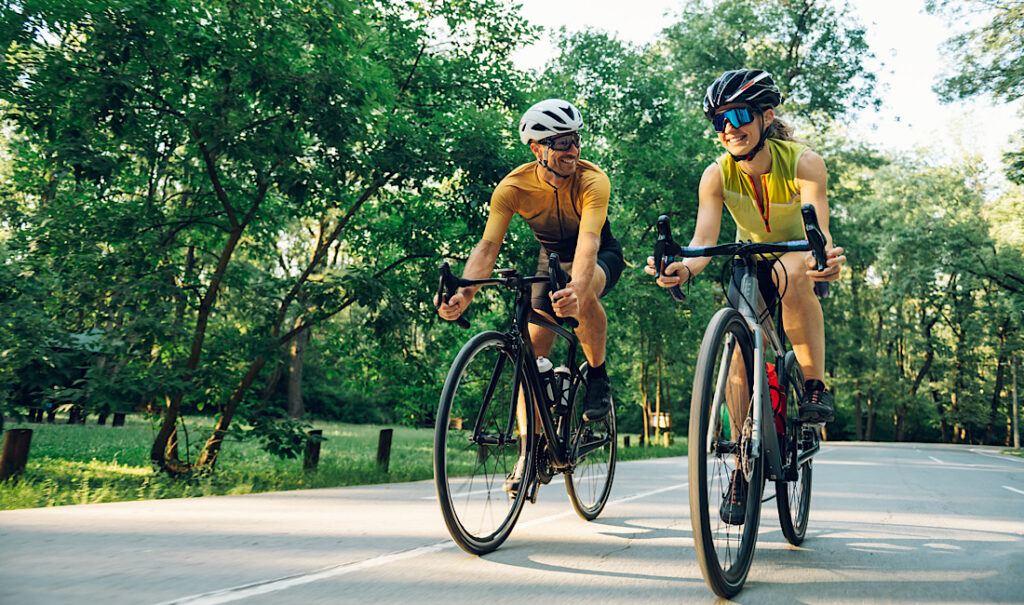
Cycling around the University of Georgia (UGA) is a popular and eco-friendly way to get to class, work, or downtown. With a huge student population, a bustling campus, and a vibrant city center, Athens sees thousands of daily bike trips. Unfortunately, not all roads are equally safe for cyclists. Certain streets have a higher number of bicycle-related accidents due to heavy traffic, poor infrastructure, and limited bike lanes.
If you ride in or around UGA, it's important to know which routes carry more risk—and how to ride defensively. This guide highlights Athens’ most accident-prone cycling routes, particularly those that affect UGA students and young riders.
Why Bicycle Safety Around UGA Matters
According to the Georgia Department of Transportation and Athens-Clarke County Police Department crash data, multiple streets near the UGA campus have shown elevated rates of cycling incidents in recent years. In 2023 alone, more than 60 bicycle-related crashes were reported in Clarke County, many involving student riders under 30 years old.
Cyclists are particularly vulnerable to injury because they share roads with faster, heavier vehicles while lacking the physical protection that cars offer. Wearing a helmet, obeying traffic laws, and choosing safer routes can significantly reduce risk—but understanding where those dangers lie is the first step.
Top Athens Streets With High Bike Crash Rates
Here are the streets near UGA where cyclists should be extra cautious:
Broad Street (U.S. Route 78)
Broad Street runs directly along North Campus and downtown Athens. With multiple lanes of traffic, narrow shoulders, and frequent turns, it’s a known hotspot for car-bicycle collisions—especially during rush hours or football weekends.
Milledge Avenue
Popular for off-campus housing, Milledge is lined with fraternities, sororities, and apartment complexes. It’s a main commuter road for students but lacks consistent bike lane coverage, making it a high-risk area for riders during peak times.
Baxter Street
Baxter connects many dorms and housing complexes to campus but has inconsistent signage, limited visibility at intersections, and narrow right-of-ways. Cyclists often compete with fast-moving traffic and buses here.
Lumpkin Street
Running through the heart of UGA, Lumpkin is frequently traveled by students on bikes. Despite some improvements, the steep inclines and vehicle congestion create difficult riding conditions, especially near Tate Student Center and Five Points.
Prince Avenue
This corridor leads to medical facilities, cafes, and housing and has seen a growing number of accidents. Prince Avenue has long stretches with limited pedestrian crossings and few dedicated bike paths, leading to potential cyclist-driver conflicts.
Risk Factors Contributing to Bike Crashes in Athens
Several conditions make these areas more dangerous for bike riders:
- Limited bike lanes or shoulders
- Poor lighting and visibility at intersections
- Speeding and distracted driving
- High pedestrian and vehicle traffic density near campus
Some streets may have partial bike lanes that suddenly disappear, placing cyclists in mixed traffic without warning. Knowing these areas helps riders plan safer routes and remain alert in higher-risk zones.
How to Reduce Your Risk While Riding Near Campus
Even if you have to use these routes, there are smart strategies to stay safe:
- Always wear a helmet and bright-colored clothing
- Ride in the same direction as traffic, obeying all signs and signals
- Use front and rear lights, especially after dusk or in the rain
- Avoid wearing headphones so you can hear traffic around you
- Ride defensively—never assume a driver sees you
If you're new to campus or exploring Athens for the first time, ask local cycling groups or UGA’s Transportation and Parking Services for suggested low-traffic bike routes. Apps like Strava Heatmap and Ride with GPS also show where other cyclists frequently ride, which can be a clue to safer streets.
What to Do If You're Involved in a Bike Accident
If you're involved in a bicycle crash, especially with a motor vehicle, here’s what to do immediately:
- Move to safety if you’re able
- Call 911 to report the accident and get medical attention
- Get the driver’s contact and insurance information
- Take photos of the scene, your bike, and any injuries
- Ask witnesses for their names and phone numbers
- Do not admit fault, even if you feel nervous or confused
Later, it’s critical to seek medical care, even for minor pain—some injuries aren’t obvious right away. Also, keep all receipts, treatment records, and damage estimates for your bike and gear.
When to Contact a Bike Accident Lawyer
Bike accidents involving vehicles often result in complicated insurance claims. Liability isn't always clear, and injured cyclists may face large medical bills or miss school or work. That's when legal guidance is helpful.
Hall & Collins Accident & Injury Lawyers, LLC offers free consultations for riders injured in Athens. If you're unsure whether you have a case or need help navigating your insurance options, speaking with an attorney can provide clarity—without pressure or upfront costs.
Common questions we hear from cyclists include:
- Can I still file a claim if I wasn't wearing a helmet?
- What if the driver fled the scene?
- Will insurance cover my bike repairs and medical bills?
- Can I still recover damages if I was partially at fault?
A legal professional can help you answer these questions based on your specific situation and Georgia's comparative fault laws.
Looking Out for Athens Cyclists
Whether you ride to class, work, or just enjoy the scenery, staying informed and cautious on the most dangerous bike routes near UGA could save your life. And if something goes wrong, you're not alone.
If you've been injured in a bicycle accident near UGA, contact Hall & Collins Accident & Injury Lawyers, LLC today at (706) 940-7889. Our experienced team offers free consultations and only gets paid if you win. Let us help you get the support, clarity, and compensation you deserve.